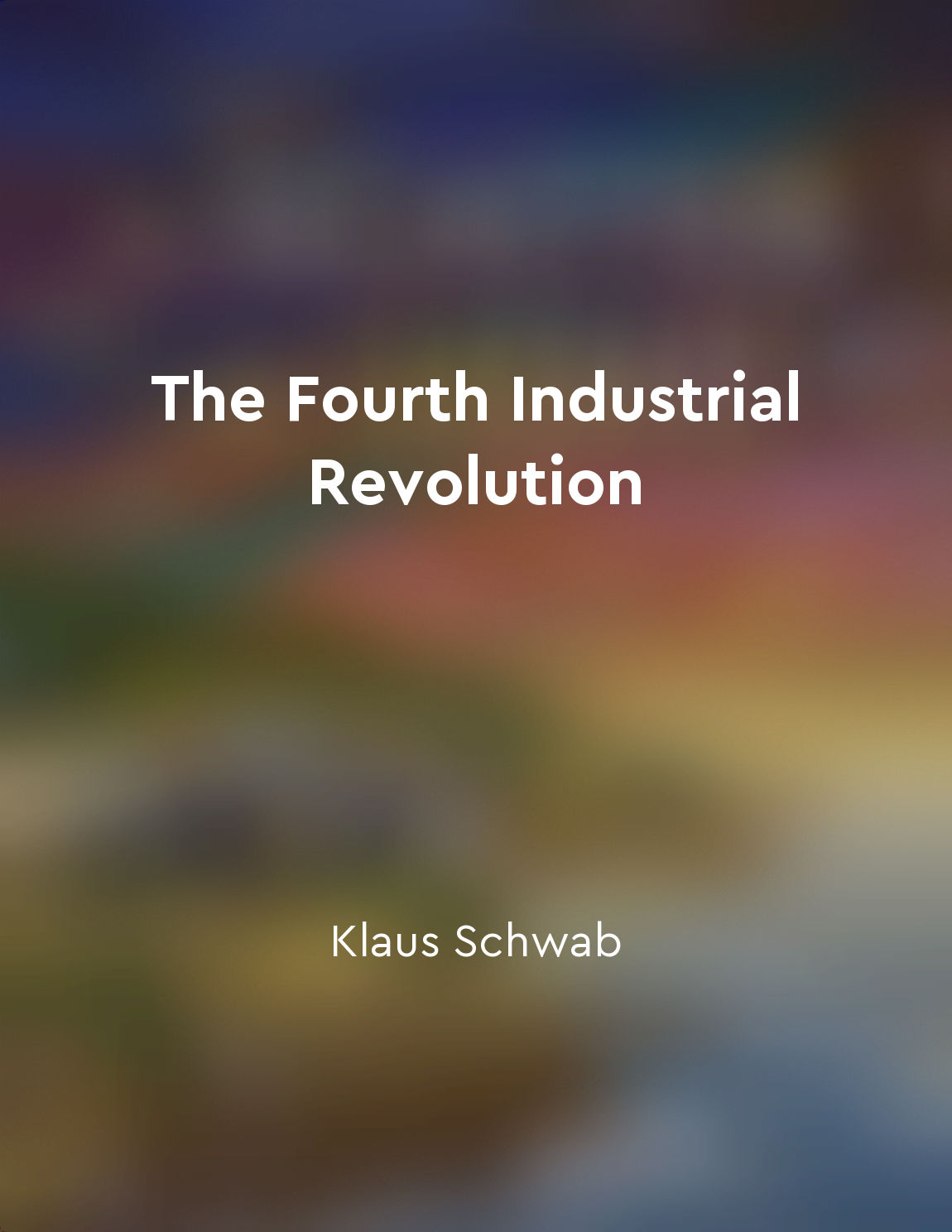Audio available in app
Machine learning plays a key role in predictive analytics from "summary" of Data Science and Big Data Analytics by EMC Education Services
Predictive analytics is a critical component of data science, as it involves using historical and current data to make predictions about future events or outcomes. Machine learning, a subset of artificial intelligence, plays a pivotal role in predictive analytics by enabling algorithms to learn patterns and relationships from data without being explicitly programmed. This ability to learn from data and improve performance over time is what sets machine learning apart from traditional statistical modeling approaches. Machine learning algorithms can be broadly categorized into two types: supervised and unsupervised learning. Supervised learning involves training a model on labeled data, where the algorithm learns to map input data to the correct output based on the provided labels. This type of learning is commonly used in predictive modeling tasks, where the goal is to predict a target variable based on input features. On the other hand, unsupervised learning involves training a model on unlabeled data to discover hidden patterns or structures within the data. This type of learning is useful for clustering similar data points together or reducing the dimensionality of the data for further analysis. Both supervised and unsupervised learning techniques are essential in predictive analytics, depending on the nature of the problem at hand. Machine learning algorithms used in predictive analytics include regression, classification, clustering, and dimensionality reduction techniques. Regression models are used to predict continuous target variables, while classification models are used to predict discrete target variables. Clustering algorithms group similar data points together based on their features, while dimensionality reduction techniques aim to reduce the number of input features while preserving important information. In practice, predictive analytics using machine learning involves several steps, including data preparation, model selection, training, evaluation, and deployment. Data preparation involves cleaning, transforming, and encoding the data to make it suitable for modeling. Model selection entails choosing the appropriate algorithm based on the problem requirements and data characteristics. Training the model involves feeding the algorithm with labeled data to learn patterns and relationships. Evaluation is crucial to assess the model's performance on unseen data, using metrics such as accuracy, precision, recall, and F1 score. Deployment involves integrating the trained model into a production environment to make real-time predictions.- Machine learning is a key enabler of predictive analytics, allowing data scientists to extract valuable insights and make informed decisions based on data-driven predictions. By leveraging machine learning algorithms, organizations can gain a competitive edge by anticipating trends, mitigating risks, and optimizing business processes.
Similar Posts
Smart machines have the potential to address global challenges
Smart machines are revolutionizing industries and reshaping the way we live and work. These advanced technologies have the pote...

Algorithms can provide us with a framework for making better decisions in a variety of situations
Algorithms offer us a valuable tool for navigating the complexities of decision-making in our daily lives. By breaking down a p...
Constantly challenge assumptions and explore new possibilities
To truly innovate, one must be willing to question everything. This means challenging assumptions that have long been accepted ...
Adapt to changes in the online landscape to stay ahead of the competition
The internet is constantly evolving, with new trends and technologies emerging all the time. To succeed in the online world, it...
Package your Python code into reusable modules
When you write code in Python, you can put all your functions and variables into a separate file. This file is called a module....

The digital revolution is driving unprecedented changes in the way we live, work, and interact
The rapid advancement of digital technology is fundamentally altering the way we navigate our world. From the way we communicat...
Loops execute code repeatedly
Loops are a fundamental concept in programming that allow us to execute code repeatedly. This is particularly useful when we ne...
The history behind the iconic Dodgers baseball team
The Dodgers baseball team has a rich and storied history that dates back to the late 19th century. Originally known as the Broo...

The intersection of art and technology breeds innovation
The fusion of art and technology has a transformative power that can spark creativity and drive innovation. When these two seem...

The potential risks of AI must be acknowledged
It is imperative to recognize the potential dangers that AI presents. While the advancements in technology have brought about n...

